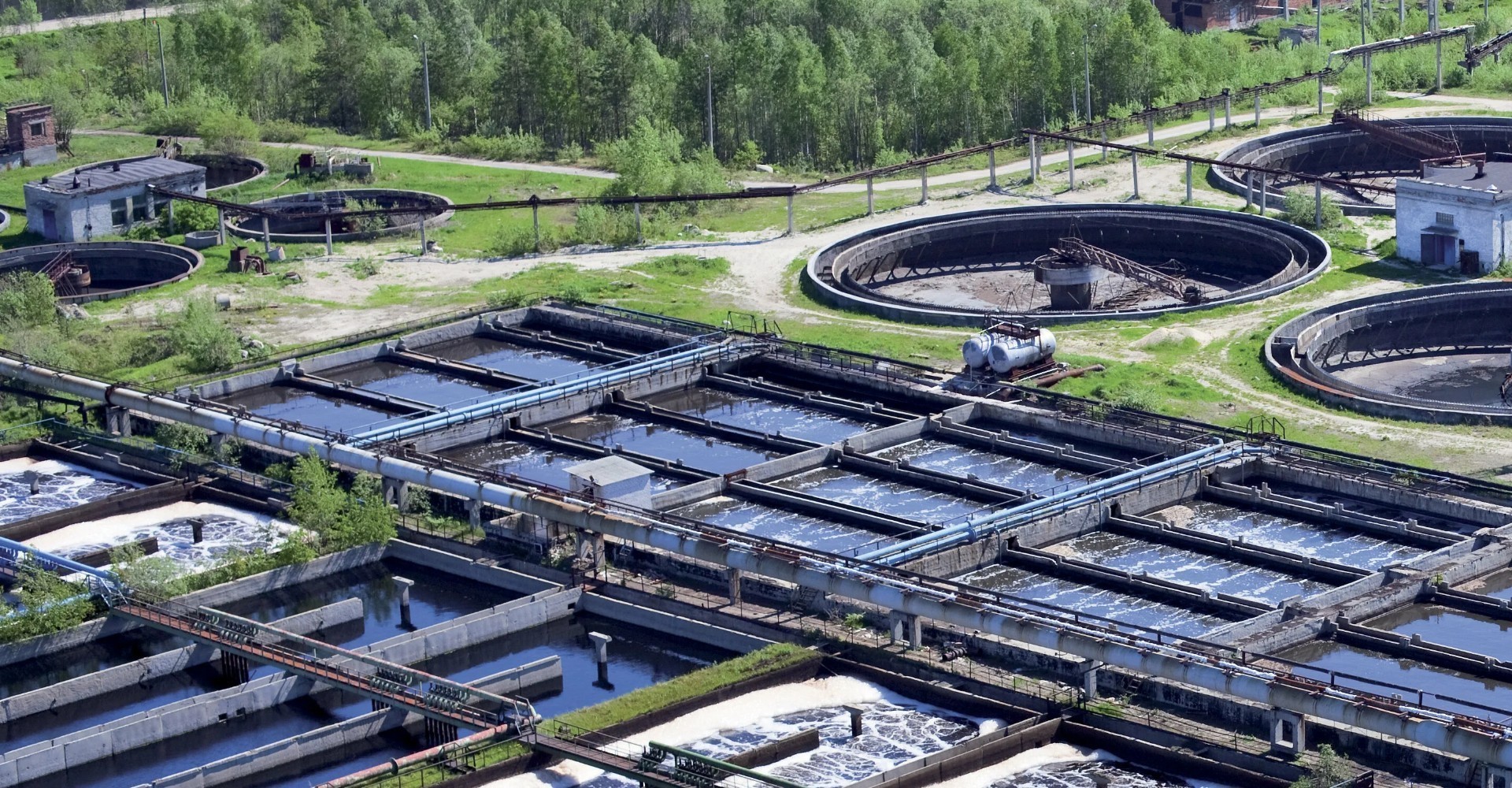
Lab-Validated | WECLEAN 60nm Ceramic Flat Membranes' Microbial Removal Performance
summary:Combating Microbial Contamination: WECLEAN 60nm Ceramic Membranes Secure Water Safety.
Preface
Microbial contamination in drinking water and aquaculture water, especially exceeding standards for pathogenic bacteria such as E. coli, is a widespread health and production hazard globally. How to effectively remove these microorganisms and ensure water safety is key to water resource management and recycling. WECLEAN 60nm ceramic flat membrane technology provides an efficient solution for this. This article will discuss the hazards of microbial contamination and, through rigorous experimental data, demonstrate the actual effectiveness and application value of this technology in controlling microbial contamination.
I. Unignorable Risks in Microbial-Contaminated Water
Microbial-contaminated water has long-term, multi-faceted impacts on production and life:
→ Product Quality Risk: In industries such as food and beverages, microbial contamination may lead to product testing failure and even endanger consumer health.
→ Equipment Operation Hazard: Microorganisms multiplying in water easily form fouling on equipment surfaces like pipes and filter membranes, affecting equipment operation and service life.
→ Continuous Water Quality Deterioration: Microbial multiplication consumes oxygen and produces metabolites, increasing the organic matter content in water bodies, creating conditions for the growth of other microorganisms, further leading to water quality decline.
Microscopic View: E.coli Microbial Status in Solution
Microscopic View: Pond Water Microbe Activity
The problem of microbial-contaminated water remains relatively severe. According to statistics, approximately 4.4 billion people globally still drink water exceeding standards, with 50% of the population threatened by pathogenic E. coli contamination in their drinking water, covering multiple countries including South Asia and Africa (Source: <Science>). Long-term consumption of such water sources not only affects human health but may also trigger regional public health incidents, such as the following cases:
→ Paris Seine River: Just before the opening of the Olympics, its water quality still failed to meet the minimum standards for open-water swimming events due to total bacterial count (frequently exceeding 1000 CFU/100ml). (Source: Times Weekly)
→ New Zealand Water Self-Supply Schools: In 2024, over 15 water self-supply schools repeatedly detected E. coli exceeding standards in drinking water. The exceed amount may increase health risks for children. (Source: Chinese Herald New Zealand)
→ India Ganges River: The quantity of E. coli in the Ganges far exceeds water quality standards. E. coli multiplies rapidly in the water, accelerating pathogen spread, and has exceeded the human tolerable range by 2500 times. (Source: Sina.com)
Facing this challenge, WECLEAN conducted specialized filtration experiments, aiming to verify the control performance of WECLEAN ceramic flat membrane on microbial contamination, providing technical support for water resource recycling and safe water supply.
II. Microbial-Contaminated Water Filtration Trials
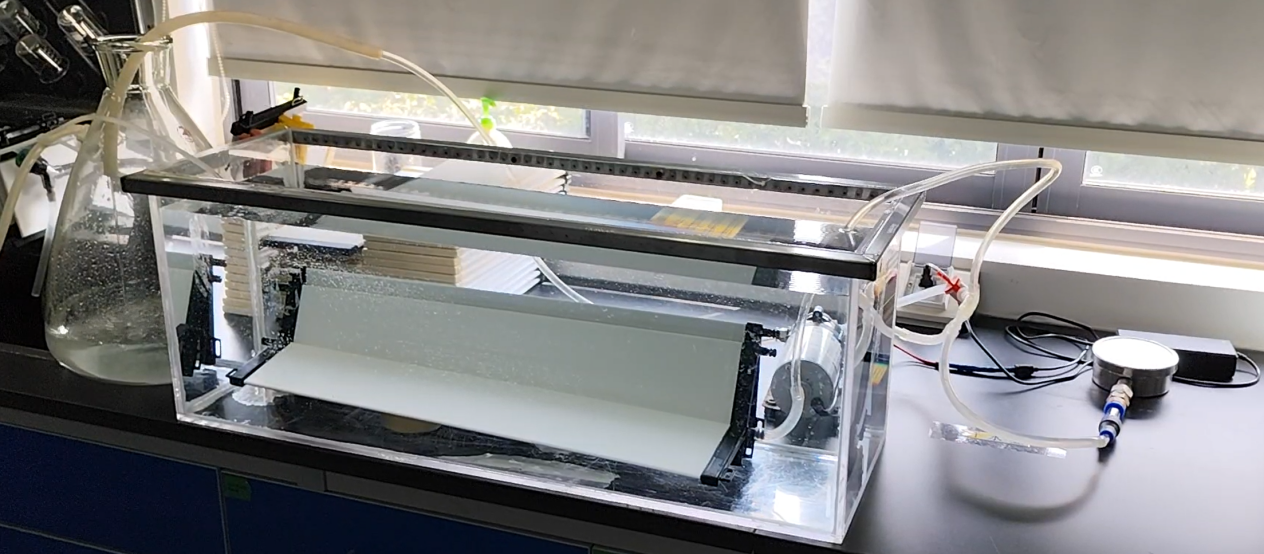
Experiment Raw Water: High-concentration E. coli solution, pond water
Detection Equipment: ATP fluorescence detector, optical microscope
Experiment Design:
1. Pour pond water and high-concentration E. coli solution separately into the filter membrane tank, record the initial microbial content of the source liquid (characterized by ATP value RLU);
2. After filtration through the 60nm ceramic flat membrane, collect filtrate every 10 minutes after filtration starts. Use the ATP fluorescence detector to detect microbial activity in the water samples and use an optical microscope to observe microbial morphology and quantity. During the experiment, control membrane flux fluctuation range to less than 20%;
3. Compare the microbial content indicators of the filtrate with tap water that meets drinking standards.
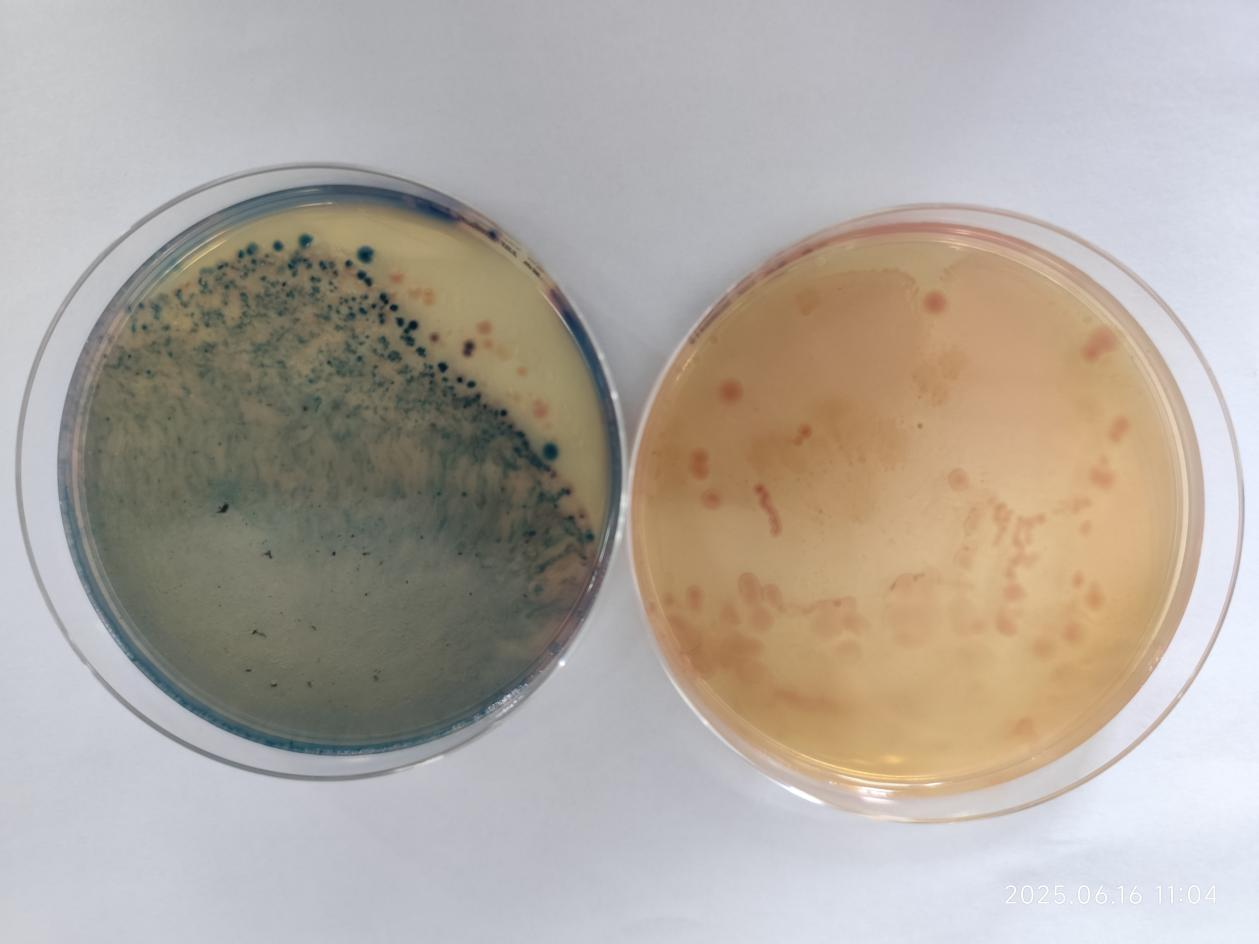
Figure 1 Experiment Raw Water - E. coli Solution (Left), Pond Water (Right)
III. Data-Verified Efficacy
|
Unit: RLU |
E. coli Solution |
Pond Water |
Tap Water |
|
Raw Water |
438 |
442 |
0 |
|
Filtrate |
0 |
0 |
0 |
|
Microbial Removal Rate |
> 99% |
> 99% |
/ |
Table 1 ATP Fluorescence Detection Results (Higher RLU value indicates higher microbial content)
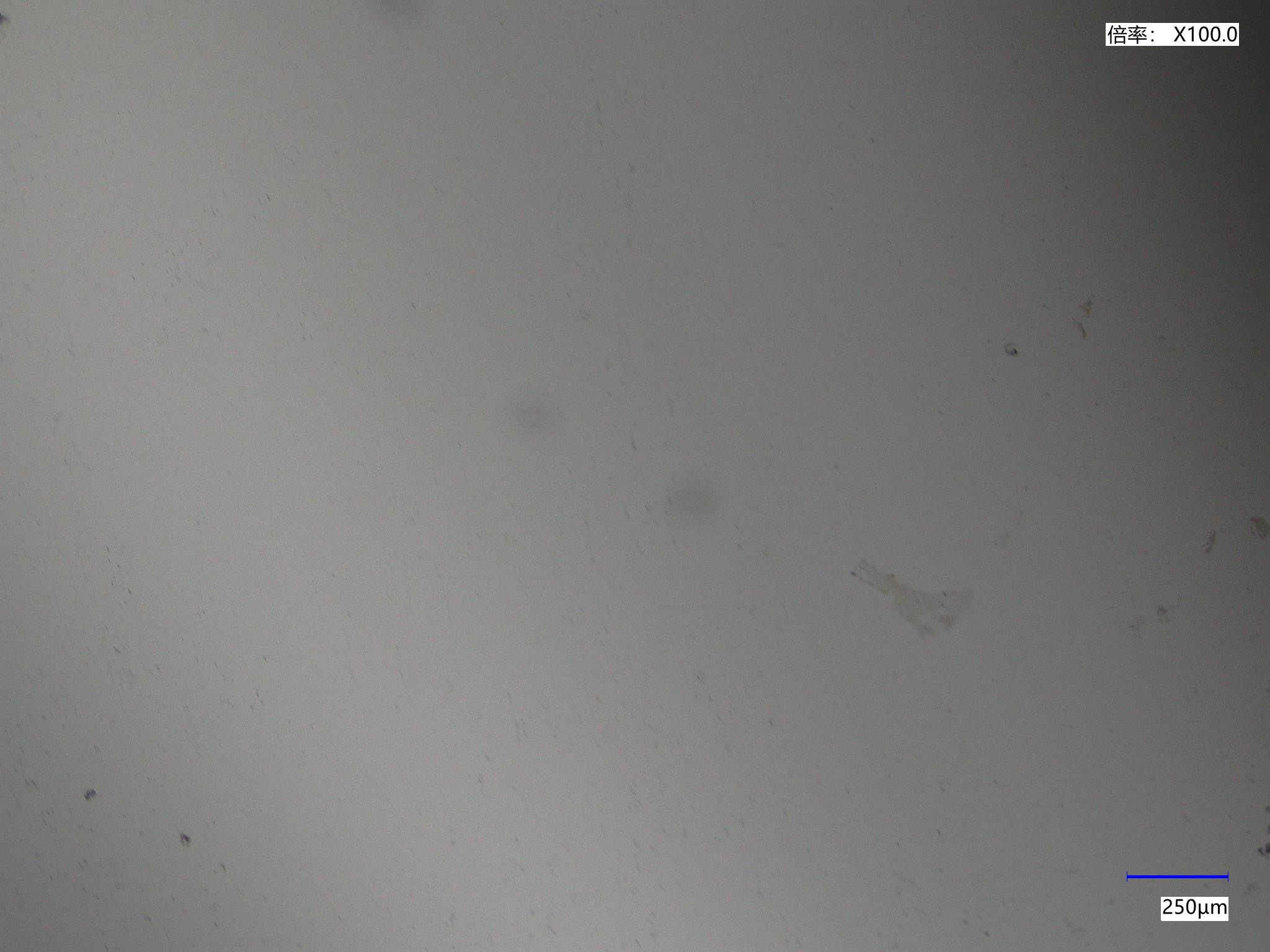
Post-Filtration Pond Water

Post-Filtration E.coli Solution
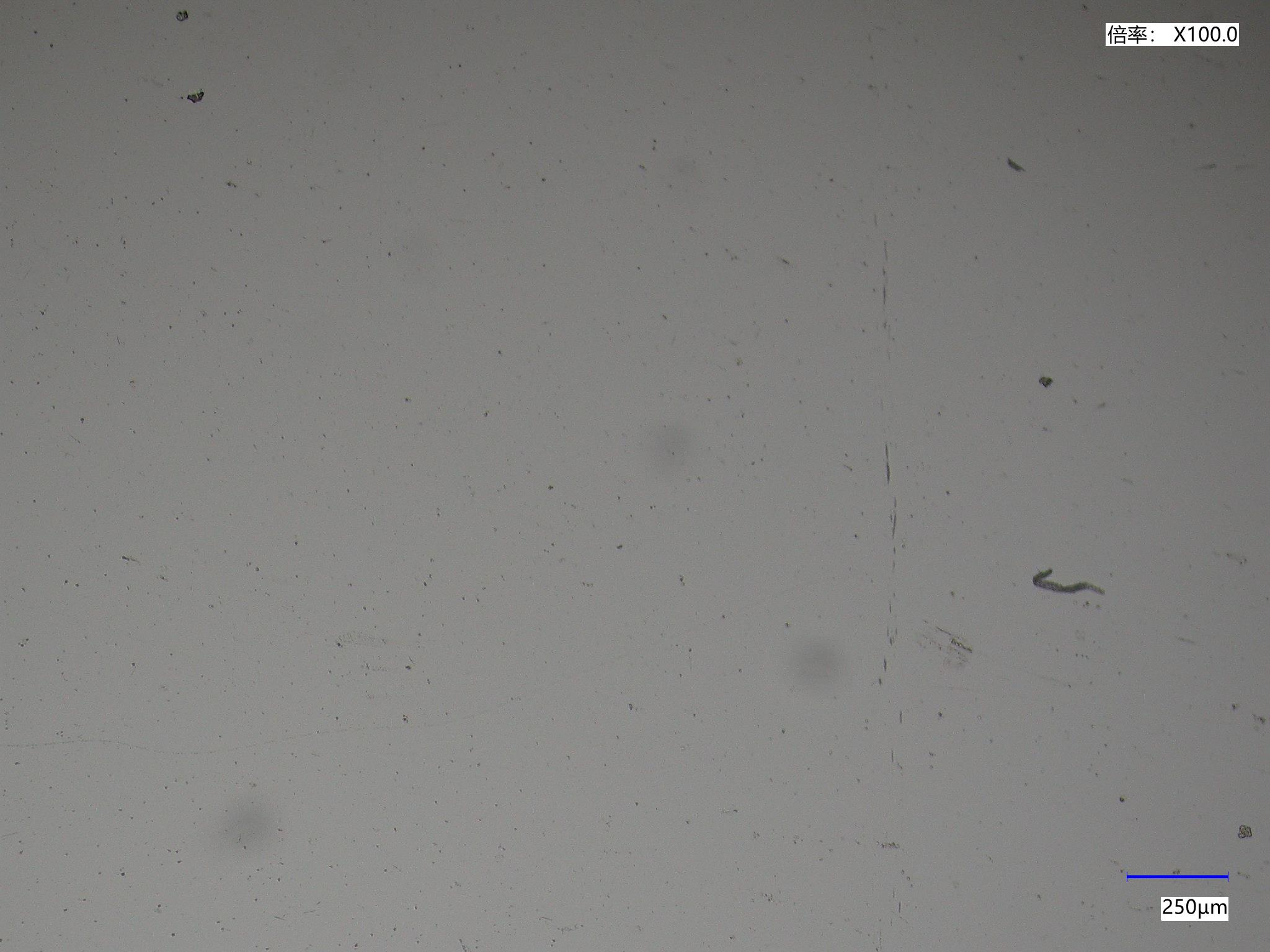
Benchmark - Tap Water
Figure 2 Microscopic Observation of Filtrate Samples
Experiment Results: After filtration by WECLEAN 60nm ceramic flat membrane, no traces of microbial activity were observed in either the pond water or the E. coli solution. The impurity content of the filtrate samples was comparable to the benchmark tap water sample.
Conclusion: Based on the comprehensive experiment results, WECLEAN 60nm ceramic flat membrane has a strong retention capability for microorganisms in water, with a removal rate exceeding 99%. The filtered water meets the relevant requirements of the "Sanitary Standard for Drinking Water" (GB 5749-2022) in terms of microbial safety indicators.
(Note: This experiment primarily verifies the removal effect of the ceramic flat membrane on microorganisms)
IV. Application Value Matrix
This experiment verifies the excellent performance of WECLEAN ceramic flat membrane in microbial contamination control. Leveraging its advantages such as high-precision filtration, durability, and stability, this technology can be widely applied in the following essential fields:
→ Rural Decentralized Drinking Water: Directly meets drinking water standards, safer to drink
- Feedback from an African customer: "After installation, the test results were very good. We plan to deploy such water purification systems in remote areas."
→ Recirculating Aquaculture Water Treatment: Can reduce disease mortality
→ Agricultural Product Processing Wastewater Reuse: Can achieve near-zero discharge, improve wastewater recycling rate
Popular Applications
